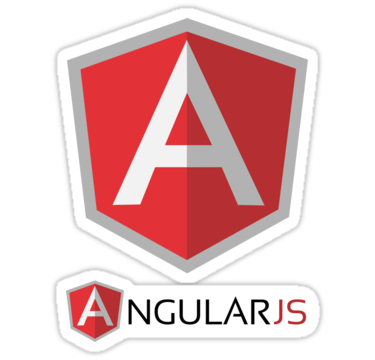Angularjs Fundamentals and Implementations with MVC Frameworks
Angular JS is becoming the preferred Java Script Framework for building high performance web applications, especially building JavaScript Single Page Applications. The features and the continuous updates happening in AngularJS world is helping developers spend more time delivering features to the users rather than developing the framework architecture.
The built-in features like Services, Dependency Injection, Directives etc. makes AngularJS more comfortable for the developer community building a Rich Internet web application especially SPA. In addition, AngularJS lays the path of further web application development offering native DOM templates, web components and 2 way data binding.
The community support for AngularJS is also growing massively. If you look at the trends in master commits in GITHub, Issue closures, forks etc. comparing to other frameworks like Backbone and Ember, AngularJS shows a clear upward trend. It is also backed by Google, developing some important products on top of it.
AngularJS thus leads the pack of other JS frameworks both in terms of features and community support offering tools to the web developers to develop applications that will result in improved productivity, increased testability, increased maintainability, improved performance and debugging.
At OptiSol, AngularJS is the preferred JS framework developing web applications across different technology platforms - .NET, JAVA, PHP and Ruby on Rail. Stay tuned in for further updates on How Angular JS works with various other MVC web frameworks like Ruby on Rails, ASP.NET MVC, Yii, CAKEPHP and Spring IoC.
For more info, please visit our website: http://www.optisolbusiness.com/insight/angular-js-fundamentals-and-implementations-with-mvc-frameworks
The built-in features like Services, Dependency Injection, Directives etc. makes AngularJS more comfortable for the developer community building a Rich Internet web application especially SPA. In addition, AngularJS lays the path of further web application development offering native DOM templates, web components and 2 way data binding.
The community support for AngularJS is also growing massively. If you look at the trends in master commits in GITHub, Issue closures, forks etc. comparing to other frameworks like Backbone and Ember, AngularJS shows a clear upward trend. It is also backed by Google, developing some important products on top of it.
AngularJS thus leads the pack of other JS frameworks both in terms of features and community support offering tools to the web developers to develop applications that will result in improved productivity, increased testability, increased maintainability, improved performance and debugging.
At OptiSol, AngularJS is the preferred JS framework developing web applications across different technology platforms - .NET, JAVA, PHP and Ruby on Rail. Stay tuned in for further updates on How Angular JS works with various other MVC web frameworks like Ruby on Rails, ASP.NET MVC, Yii, CAKEPHP and Spring IoC.
For more info, please visit our website: http://www.optisolbusiness.com/insight/angular-js-fundamentals-and-implementations-with-mvc-frameworks

